A timeline of horror: Influential moments from ‘Nosferatu’ to ‘Paranormal Activity’
- Share via
Stephen King's "It" has just become the highest-grossing horror movie ever, earning more than $305 million so far at the box office — an unexpected result from a movie genre that constantly produces unexpected results.
Since the film genre’s inception — generally thought to be the 1896 French short silent film "Le Manoir du Diable" (The House of the Devil) by French director Georges Méliès — audiences have been captivated and repelled. Whether it's a physical menace — from Frankenstein to Freddy Krueger — a psychological thriller like "The Haunting" or the tension of a found-footage movie like "The Blair Witch Project," horror continues to evolve. Here are 25 pivotal moments in horror with films that have touched a nerve in the public and influenced the industry.
1910
“Frankenstein”
Boris Karloff's 1931 portrayal of a patchwork creature brought to life with a murderer's brain is the more well-known version, but it was a 16-minute short 21 years earlier that spawned one of the first and greatest cinematic monsters ever created.
1922
“Nosferatu”
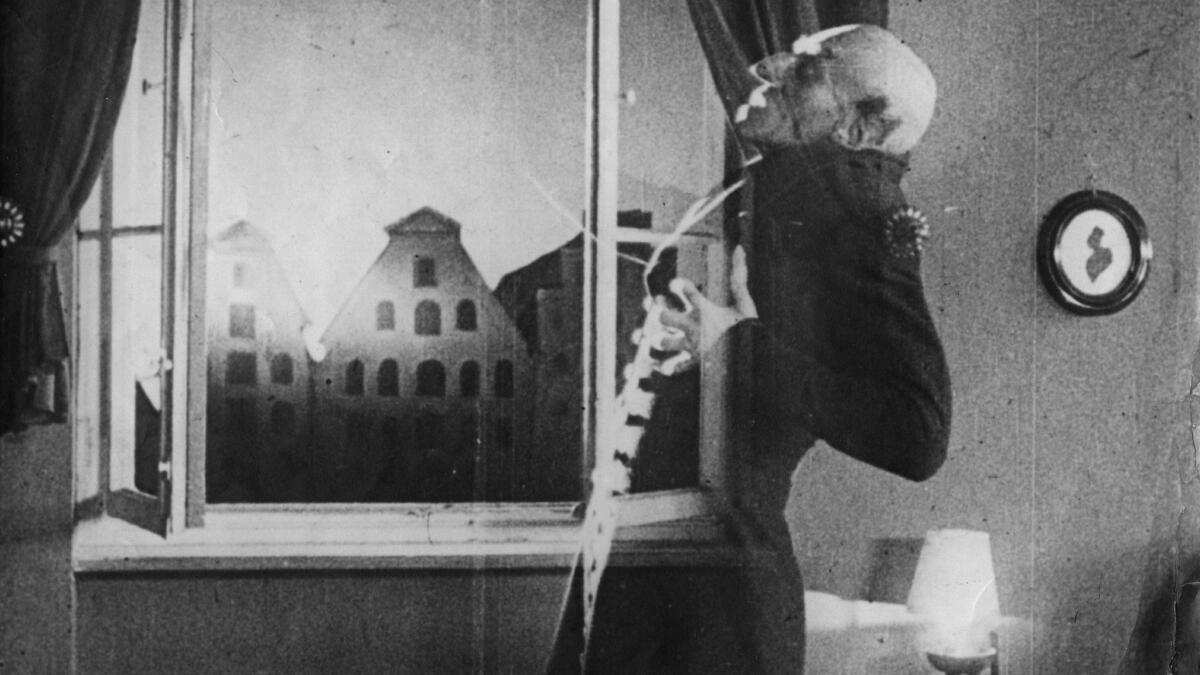
Adapted from the book "Bram Stoker's Dracula," "Nosferatu" introduces us to Count Orlok, who drinks the blood of the living, has strange powers over others and meets his demise due to sunlight. Bela Lugosi's more famous count-with-a-cape comes in 1931.
1933
"King Kong"
It is a “beauty tames the savage beast” original, but the stop-motion animation used to create Kong — a giant, prehistoric ape living on his own island until men came to capture him — was the big draw.
1941
"The Wolf Man"
Lon Chaney Jr.'s portrayal of a man cursed to change into a bloodthirsty half-man, half-wolf creature during the full moon was repeated in four sequels and created the template for werewolves.
1954
"Godzilla"
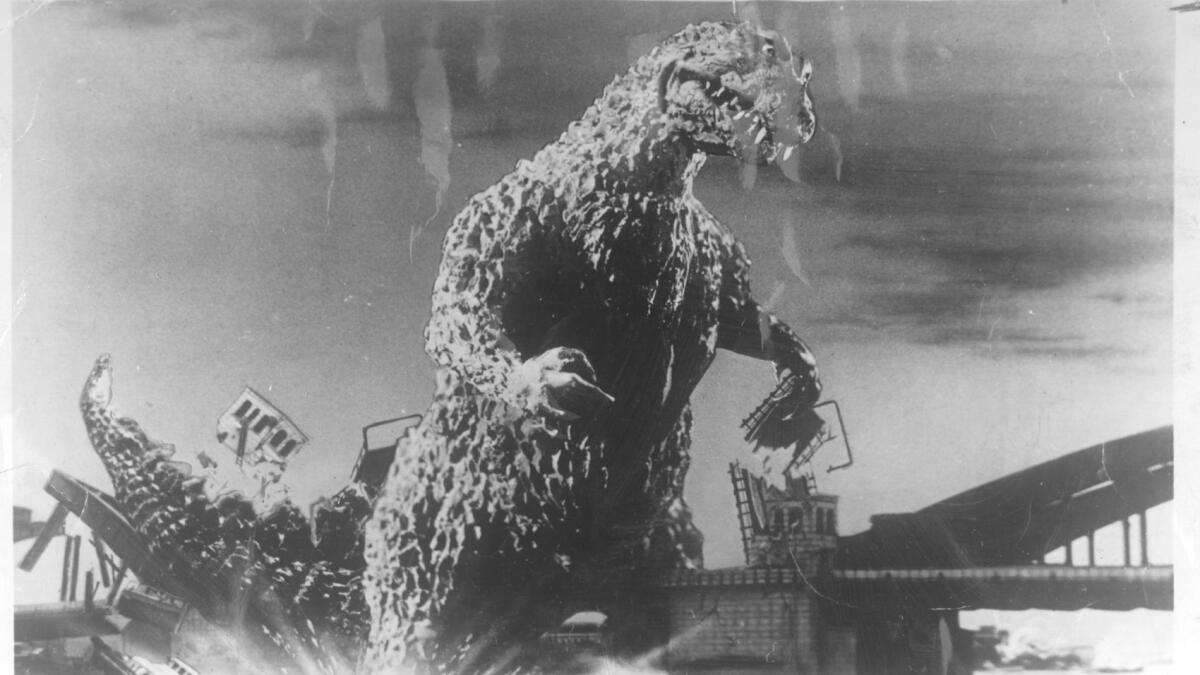
Yes, the cities were clearly models. Yes, it was clearly a man in a suit flailing about. But Godzilla, a Japanese kaiju or monster movie, touched on the dangers of atomic testing by bringing the destructive power of a huge irradiated sea creature to life on-screen.
1960
"Psycho"
Director Alfred Hitchcock's split-personality thriller featured Norman Bates as a hotel caretaker, a son and a killer. If you Google "shower scene," Janet Leigh's brutal murder will probably always be the first result.
Read more stories from The Times' special horror issue here >> »
1968
"Night of the Living Dead"
Director George A. Romero's take on zombies and a world where they have overrun society was taken loosely from Richard Matheson's "I Am Legend." The look of the zombies, its over-the-top gore and its bleak ending endeared the film to the horror community.
1968
"Rosemary's Baby"
Ulterior motives are at work when a husband and group of supposed friends attempt to steal a baby from Rosemary. She later finds out her baby is the son of the Devil — and she chooses, apparently, to raise him anyway.
1973
"The Exorcist"
At the center of the William Friedkin-directed film that tests religious faith, young Linda Blair puts on a tour de force performance as Regan MacNeil, a child possessed by a demon. “The Exorcist” was the first horror film to receive a best picture Academy Award nomination.
1974
"The Texas Chain Saw Massacre"
The film may be about a family of cannibals and the poor souls who stumble across their rural home, but one family member in particular, Leatherface, who was inspired by the crimes of real-life murderer Ed Gein, could be considered the first star of the slasher genre.
1975
"Jaws"
The theme song alone brought terror to many a swimmer. Steven Spielberg's hit, chronicling the efforts to survive attacks from and/or capture/destroy a huge great white shark terrorizing beachgoers, is often credited as the first blockbuster film, and the start of a new age of movies.
1976
"Carrie"
The first film adaptation of a Stephen King novel features Sissy Spacek as Carrie White, a telekinetic high school girl who is bullied at school and abused at home — until an explosion of telekinetic power erupts. The film was nominated for two Academy Awards.
1978
“Halloween”
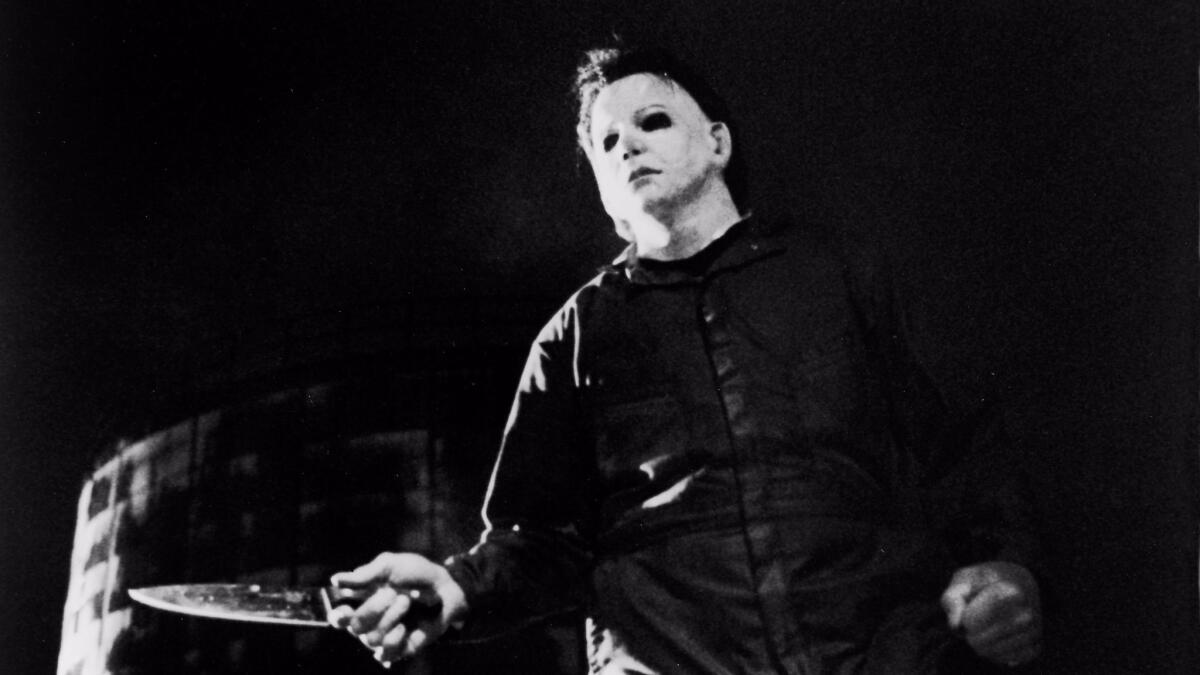
John Carpenter's Michael Myers is an empty, evil vessel bent on killing anyone in his family — and anyone who gets in the way of that. He doesn't speak or gesture, but he's possibly the most famous stalker in history, complete with William Shatner mask.
1979
“Alien”
Alone in outer space with a huge, strong, smart, bug-like creature whose only desires are to kill you or implant another xenomorph inside you? That's horror. The film also created one of moviedom's greatest heroes in Sigourney Weaver's Ripley.
1980
“The Shining”/“Friday the 13th”
Two sides of horror: "The Shining" is a psychological thriller, a haunting in a hotel that chronicles a man’s descent into madness. There’s not much psychology to "Friday the 13th." It was all physical as the mother of Jason Vorhees killed any of the campers that happened to trespass in Camp Crystal Lake. Jason took it from there in numerous machete-swinging sequels.
1982
"Poltergeist"
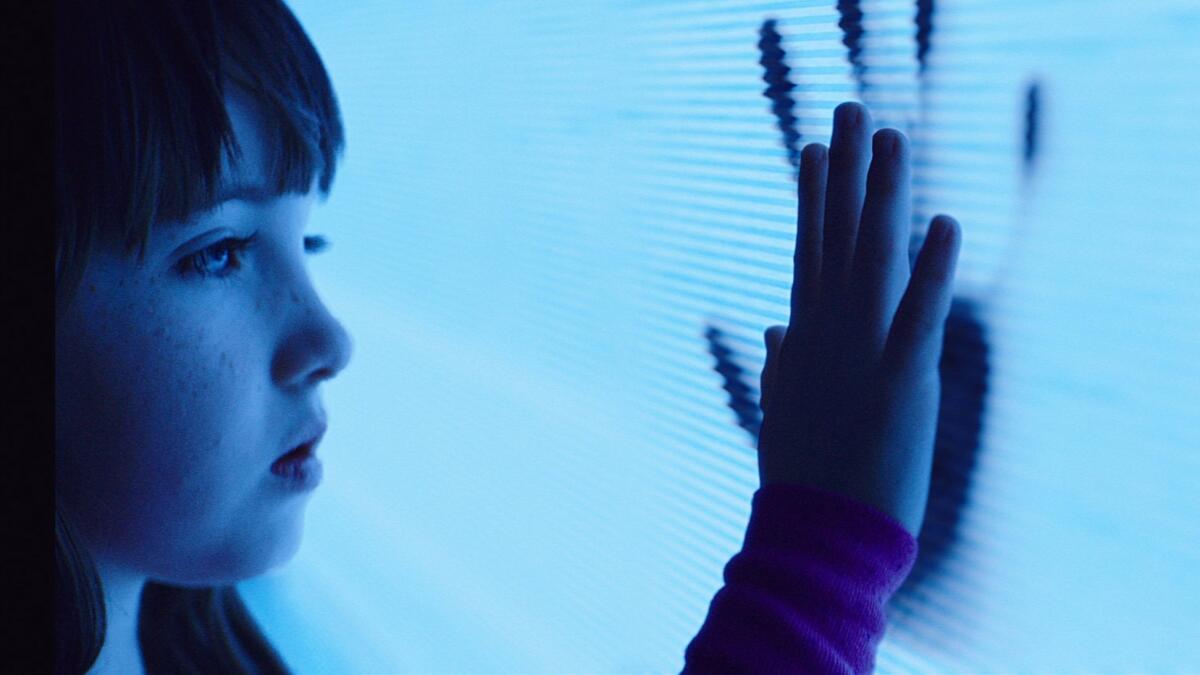
The haunted house film was represented a few years earlier in 1979 with "The Amityville Horror," but "Poltergeist," with its cute little girl, scary clowns and voices in the TV — along with actual troubles on the set — took the subgenre to a different level.
1984
"A Nightmare on Elm Street"
Freddy Krueger, a child molester later burned alive by the very parents in the neighborhood where he committed his crimes, was tailor-made for horror. Obviously, he comes back to haunt dreams. Unlike the stoic killers of recent times, Krueger spoke to menace his victims, more so in later sequels.
1996
“Scream”
A self-referential horror film, the killer sticks to horror film tropes that are pointed out often by characters in the movie. A mystery-comedy-satire, it seemed to show that even if you know the clichés, you can’t escape.
1998
“Ringu” (Ring)
The Japanese psychological horror film in which a cursed videotape brings death to anyone who watches it was remade in the U.S. in 2002. Other films like “The Grudge” and “The Eye” helped popularize Japanese, Chinese and Korean horror in the U.S.
1999
"The Blair Witch Project" and more
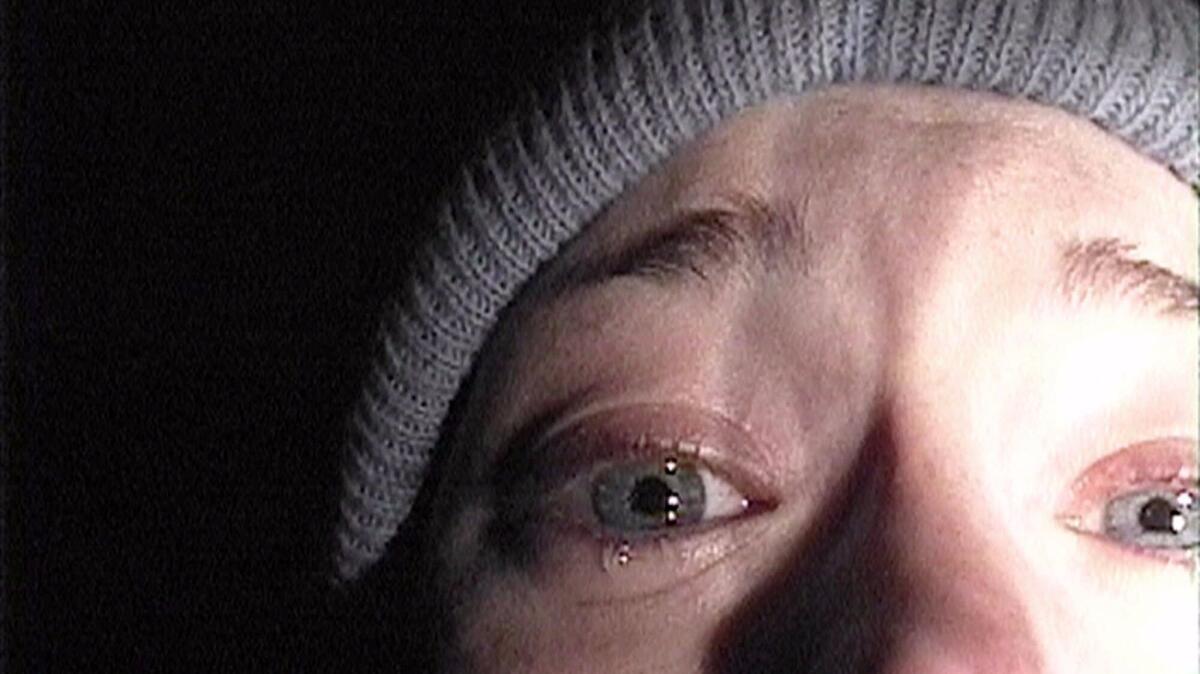
In an otherwise underrated year that brought us the cringe-inducing "Audition," the big thrills of a revamped "The Mummy" and the “I see dead people” ghost tale "The Sixth Sense," a new found-footage genre was tapped in "The Blair Witch Project," about a small group that gets lost in the woods and is haunted by — who knows? You never see a monster.
2004
“Saw”
Would you kill a stranger or a friend if it meant that your wife and kids would survive a serial killer? Two people are forced to answer this question as they are held by a killer named Jigsaw. It’s this kill-or-be-killed attitude, or “torture porn,” that “Saw” helped unlock as a horror subgenre.
2009
"Paranormal Activity"
Mixing the use of security-camera footage and supernatural possession, the film was the first of a trilogy telling the generational tale of a demon and a coven.
2011
“Insidious”
A ghost tale by the low-budget Blumhouse production company, the story centers on a couple whose son becomes a conduit for ghosts in an astral dimension.There are three sequels, with another planned for 2018.
2014
“It Follows”
The film is a warning to today’s free-love millennial society as it tells the story of an entity that follows and kills those who have one-night stands. “It Follows” joins films like 2014’s “The Babadook” and 2015’s “The Witch” as indie art-house horror films.
2017
“It”
The latest Stephen King adaptation, the film features the machinations of supernatural clown Pennywise and his obsession with terrorizing children. “It” has become the highest-grossing horror film ever.
Follow me on Twitter: @Storiz
ALSO
Q&A: Finn Wolfhard shares his texts from the 'It' and 'Stranger Things' gang
Why this film critic won't see any more horror movies
TV horror vs. movie horror: Guillermo del Toro on telling scary stories across different mediums
Only good movies
Get the Indie Focus newsletter, Mark Olsen's weekly guide to the world of cinema.
You may occasionally receive promotional content from the Los Angeles Times.







